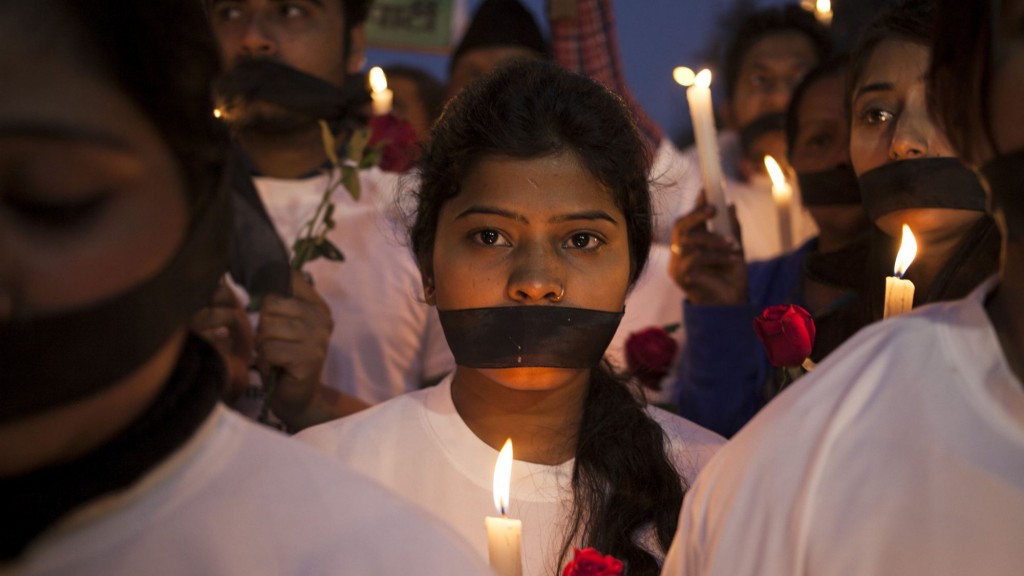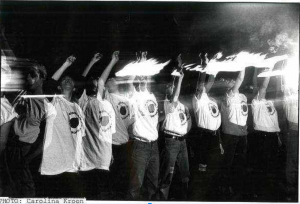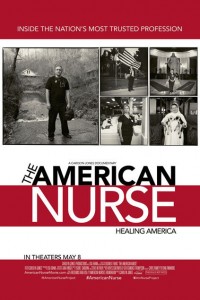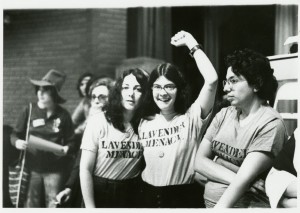Related Subjects Sexism, documentary, pornography, advertising
Synopsis Rate It X is a provocative documentary on sexism in America (or at least America in the 80s). Both funny and disturbing, the documentary consists of dozens of interviews with various males who (often in a professional or business setting), discuss sexist or otherwise questionable practices. From the director of a funeral home (who insists “strong oak caskets” are only sold to men) to the creator of a comic called “Chester the Molester”, we see dozens of men espouse their beliefs on gender equality in the U.S. The interviews vary wildly not only in content but in form, from talking head-style in offices, to seemingly random encounters in rural backyards, to darkly-lit stores in NYC. Some men seem almost charmingly out-of-touch and others deeply disturbed. The directors navigate all this with incredible grace, managing to make a film both funny and surprisingly complex in its portrayal of chauvinism.
Controversial upon release, the film unflinchingly explores the adult entertainment industry. It features characters such as the star of “The Ugly George Hour of Sex, Truth and Convergence”, the chief editor of an African-American porn magazine, and surreally, a man who bakes cakes in the shape of headless, bikini-wearing women. We see the man cut out pieces of the cake for the woman’s waistline. Later, the same ripped pieces are piled on haphazardly for breasts. The film goes on to explore advertising at length, and we hear a variety of male advertising executives discuss—with varying levels of articulateness–their personal beliefs on what women find sexually appealing. But the film finds not only these usual suspects. In what are some of the film’s most enlightening moments, it goes out of its way to find unexpected pockets of sexism. No matter the subject, we see the modes through which sexism is rationalized.
The documentarians—Lucy Winer and Paula de Koenigsberg—are very occasionally heard speaking in the background. In one particularly lengthy interview, we hear the directors ask if the interviewee believes “women talk more than men”. The mechanic proceeds to speak for several minutes, justifying why he believes this to be true and citing several examples. We do not hear from the directors again. For the most part, the film lets the men and their beliefs “speak for themselves”. Midway through the documentary, we begin to loop back, revisiting men from earlier in the film. Such men are often more defensive, seemingly after being asked an off-screen question. One advertiser, for instance, is seemingly asked repeatedly why he uses “beautiful women” so extensively in his advertising. He manages to dodge the question for several minutes, before finally breaking out into a strangely child-like smile and declaring that men just “like that sort of thing”.
Rate It X attempts to offer a sweeping portrait of sexism in America. While it’s unclear if it manages to achieve this—the documentary is only 90 minutes long, and was filmed 30 years ago—it certainly does offer a poignant portrait of much of what is troubling about chauvinism in the American consciousness.
Additional Resources
NY Times original review – http://www.nytimes.com/movie/review?res=9A0DE2DC133EF931A15753C1A960948260




